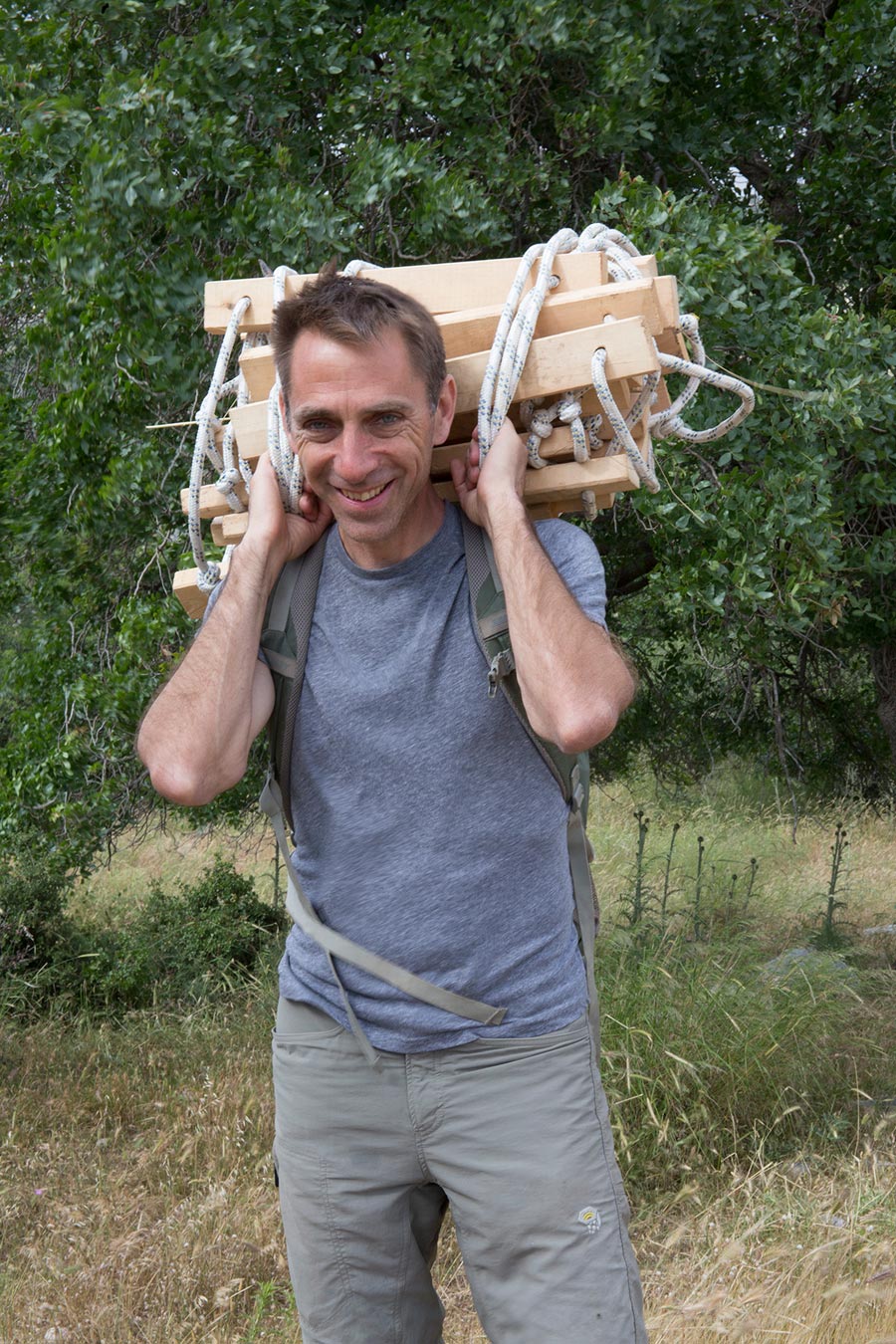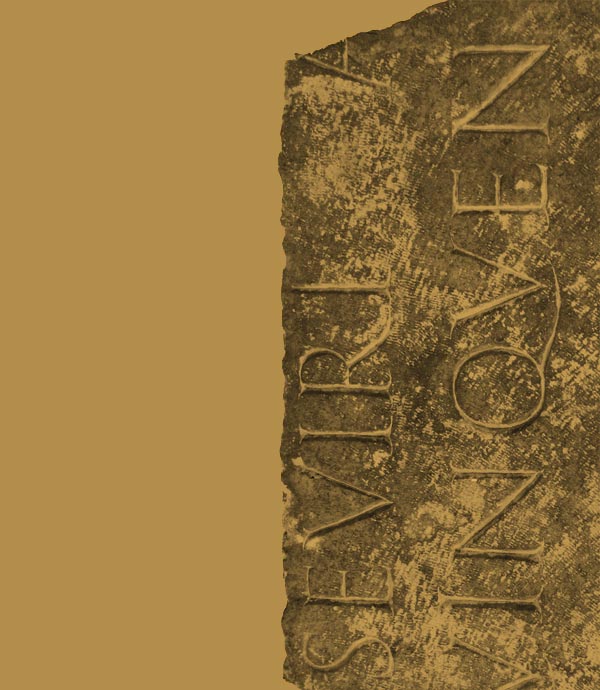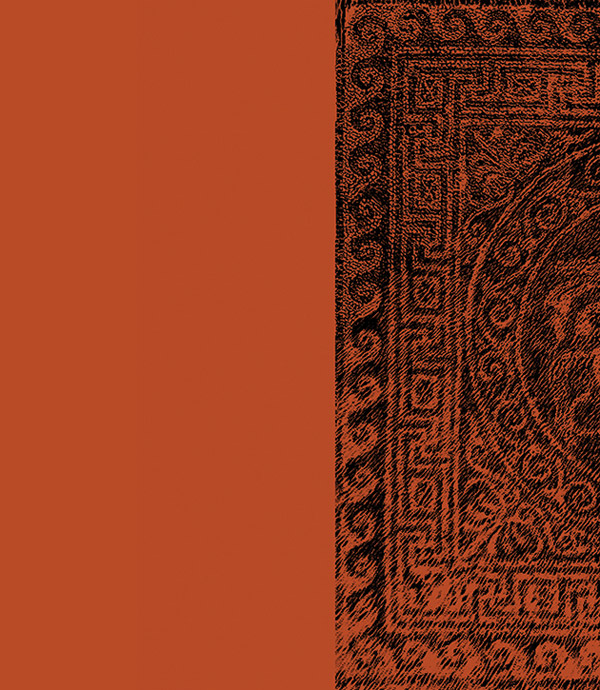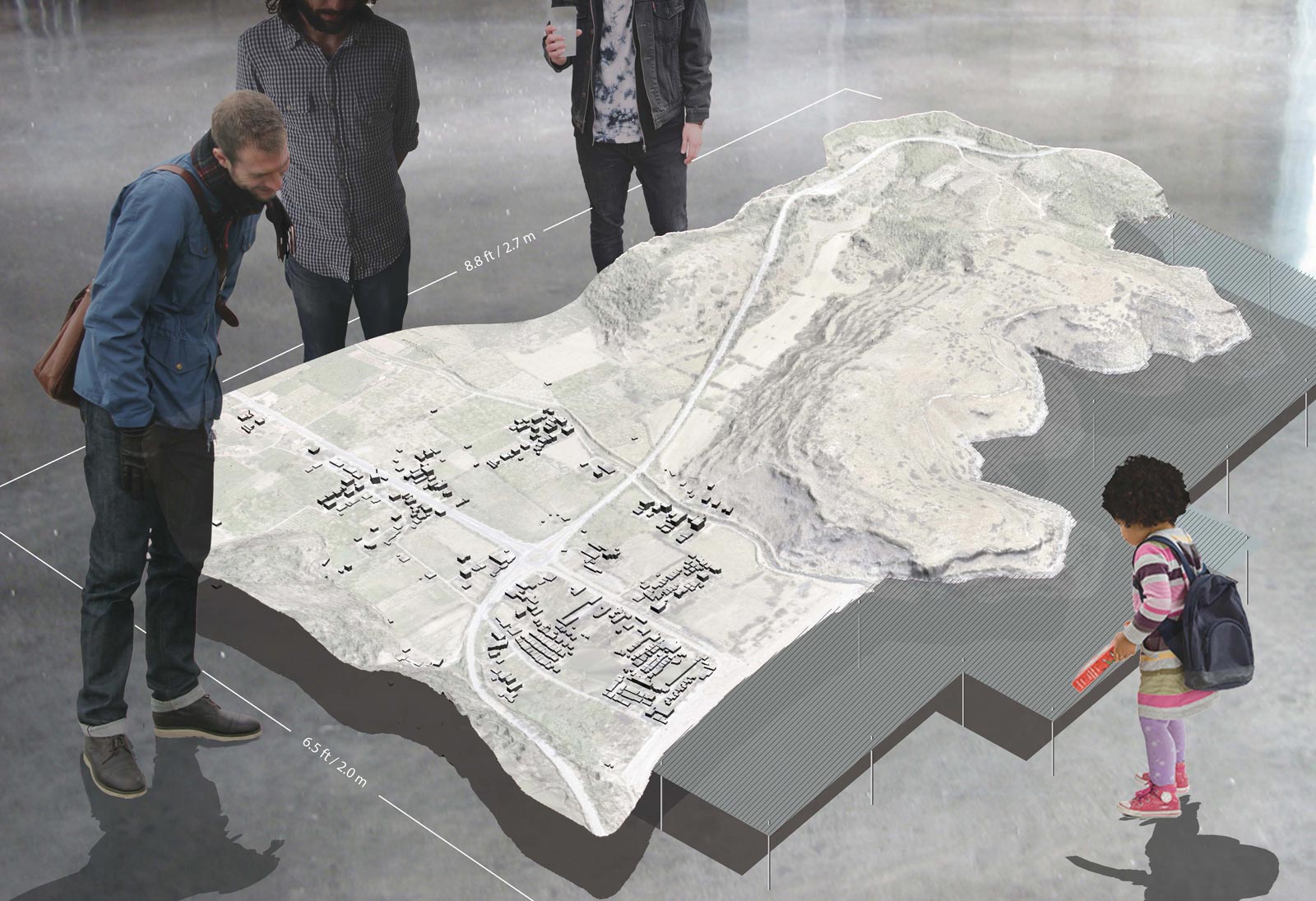Curator Interview
What are the goals of the exhibition?
From the start, a primary goal of the exhibition has been to showcase current Kelsey-sponsored field projects in classical lands: Gabii in Italy, Olynthos in Greece, and Notion in Turkey. Notion is my own project, while the excavations at Gabii and Olynthos are directed by two of my colleagues in the Department of Classical Studies, Professors Nicola Terrenato and Lisa Nevett. I am really happy to be collaborating with Nic and Lisa on this show, and we are all thrilled to have the opportunity to share the results of our research with local audiences at the Kelsey.

Because Gabii, Olynthos, and Notion were all ancient city sites, they naturally invite comparison, and that quickly emerged as a major theme of the exhibition. What do these three cities have in common? How do they differ? And what can we learn about cities in general from close study of these examples? In all three cases, moreover, new archaeological methods have enabled us to study these cities more fully than before, and so we decided to make developments in archaeological technology another focus of our show.
Finally, we believe strongly that the study of the past must be relevant to understanding the present, and so we took up the challenge of comparing the ancient cities under investigation with our nearest modern metropolitan neighbor, and I am delighted that Kathy Velikov, associate professor of architecture in the Taubman College of Architecture and Urban Planning, has joined us to curate the part of the show concerned with Detroit.
Interview continued on the Kelsey Museum website.
Acknowledgments
The curators of this exhibition are Christopher Ratté (Lead Curator, Notion), Lisa Nevett (Olynthos), Nicola Terrenato and Zoe Ortiz (Gabii), Kathy Velikov (Detroit), and Matthew Naglak (Research Assistant). The curatorial team would like to thank the Director and Associate Director of the Kelsey Museum, Terry Wilfong and Dawn Johnson, and the entire Kelsey staff for their interest and support. We are particularly grateful to the exhibition designers, Scott Meier and Emily Pierattini; to the editor, Leslie Schramer; to the website designer, Julia Falkovitch-Khain; and to the graphic designer, Lorene Sterner.
The exhibition has been made possible by the financial support of the Kelsey Museum, the University of Michigan Office of Research, the University of Michigan Third Century Initiative, the Department of Classical Studies, and the Taubman College of Architecture and Urban Planning.
The following people and organizations made special contributions to the separate parts of the show:
Gabii
- Tyler Johnson (3D Designer)
Olynthos
- Filippos Stefanou (Topographer)
- David Stone (Director of Field Survey, Olynthos Project)
- Benjamin Swett (Photographer)
- Geoscan Research
- Ohio Valley Archaeology, Inc.
Notion
- Angela Commito (Senior Archaeologist, Notion Archaeological Survey)
- Geoffrey Thün (Architect)
- Daniel Tish (Architect)
- Karen Toomasian (Architect)
- Kathy Velikov (Architect)
- senseFly
Detroit
- Emine Seda Kayım (Videographer)
- Kevin Raley (Architect and Videographer)
- Krysta Ryzewski (Urban Archaeologist)
- Geoffrey Thün (Architect)
- Manish Verma (Consultant, University of Michigan Consulting for Statistics, Computing, and Analytics Research)
- Weiqi Zhou (Image Analyst)
- Oakland Avenue Urban Farm
Feedback?
Comments are very welcome!
- What does the concept of an “urban biography” mean to you?
- What do you think we can learn by comparing past and present?
- What are some of the details of the biography of your hometown, or of another city you know well?
Please join the conversation about the website and the associated exhibition.








